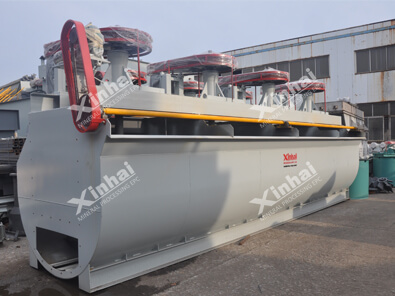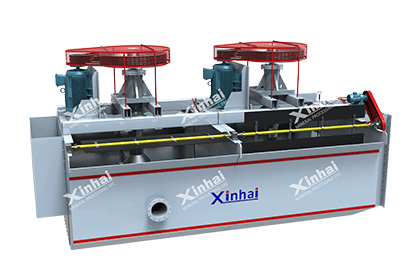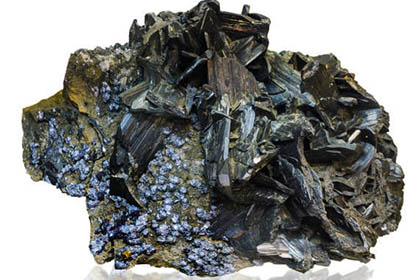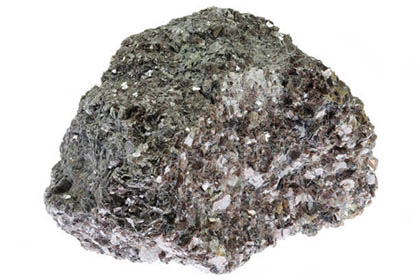What Is the Cost of a Fluorite Processing Plant? A Simple Guide
 Laura
Laura
 Apr 07, 2025
Apr 07, 2025
 23
23
If you want to know more details about equipment, solutions, etc, please click the button below for free consultation, or leave your requirements!
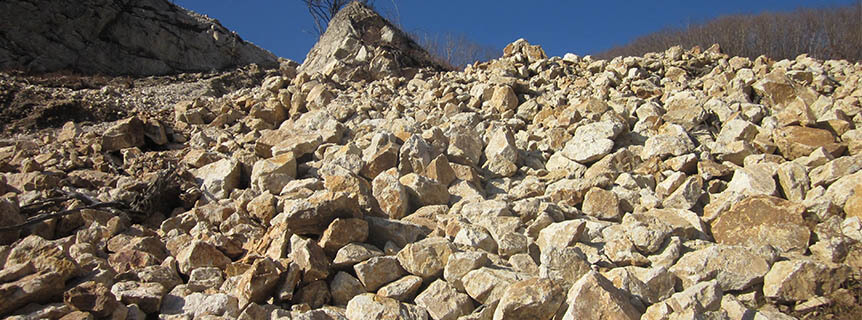
Fluorite mine
Fluorite, also known as fluorspar, is a critical mineral used in industries like steelmaking, chemical production, and even lithium-ion battery manufacturing. But turning raw fluorite ore into usable products requires specialized processing—and that comes with significant costs. Whether you’re an investor, industry professional, or simply curious, this guide breaks down the expenses involved in setting up a fluorite processing plant, from equipment and labor to regulations and market trends.
01 What Is a Fluorite Processing Plant?
BackA fluorite processing plant refines raw fluorite ore into different grades:
a. Metallurgical-grade fluorite (60–85% purity): Used in steelmaking to lower melting temperatures.
b. Acid-grade fluorite (over 97% purity): Essential for producing hydrofluoric acid, a key ingredient in refrigerants and batteries.
c. Ceramic-grade fluorite (85–96% purity): Used in glass, enamel, and cement production.
The process typically involves crushing, grinding, and chemical treatments to remove impurities and achieve the desired quality.
02 Key Factors That Influence the Cost
Back1. Ore Quality and Processing Method
The type of fluorite being processed has the biggest impact on cost. For example:
Metallurgical-grade fluorite requires basic steps like crushing and gravity separation, which are relatively affordable.
Acid-grade fluorite demands advanced purification methods like froth flotation and chemical leaching, which can double or triple expenses.
Higher purity means more complex technology, skilled labor, and energy use, all of which drive up costs.
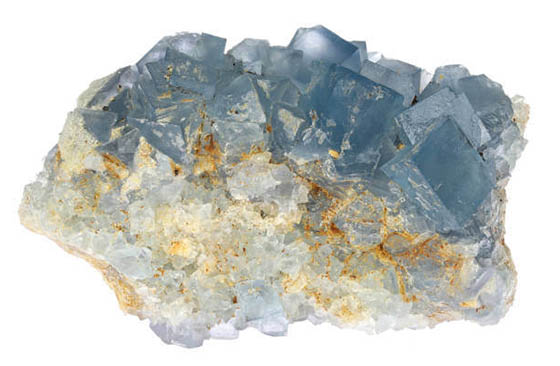
fluorite ore
2. Location of the Plant
Where you build the plant plays a major role in budgeting:
a. Proximity to mines: Building near fluorite mines slashes transportation costs for raw ore. For instance, plants in China’s Inner Mongolia (a major fluorite hub) benefit from nearby mining operations.
b. Labor costs: Countries like Mexico and China offer lower wages (around $15–$25 per hour for skilled workers) compared to the U.S. or Europe ($30–$50 per hour).
c. Infrastructure: Remote locations may require costly investments in roads, power grids, and water systems. A plant in Canada’s rugged terrain, for example, could cost 20% more than one in a well-connected region.
3. Equipment and Technology
The machinery needed depends on the processing method:
Basic setups for metallurgical-grade fluorite might include crushers, screens, and conveyor belts, costing between $2 million and $5 million.
Advanced systems for acid-grade fluorite require ball mills, flotation cells, and high-temperature dryers, which can exceed $30 million.
Automation technology (like AI-driven quality control systems) adds upfront costs but reduces long-term labor expenses.
(More about processes and machines for fluorite beneficiation)
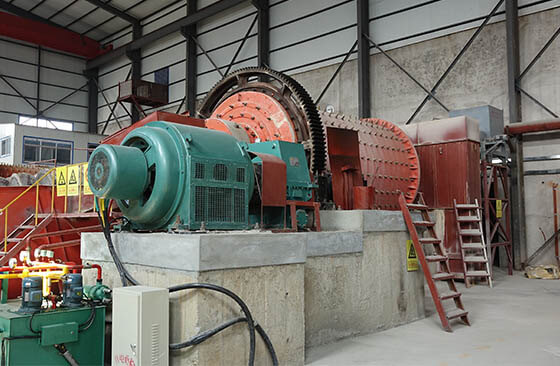
Ball mill in a fluorite ore processing plant
4. Energy and Water Usage
Fluorite processing is energy-intensive, especially during grinding and drying stages. Energy costs can account for 30–40% of operational expenses. Some plants offset this by using renewable energy sources like solar power, though the initial setup for solar infrastructure can be costly.
Water is another critical resource. Recycling systems, which cost $500,000 to $2 million, help reduce water consumption by up to 70%, saving money and meeting environmental standards.
5. Environmental and Regulatory Compliance
Strict environmental laws add to both startup and ongoing costs:
a. Waste management: Safely storing byproducts like silica and sulfides can cost $1 million to $5 million.
b. Emissions control: Installing scrubbers and filters to reduce air pollution adds $500,000 to $3 million.
c. Permitting: Securing licenses for water use, emissions, and land development can take 1–3 years and cost up to $1 million.
03 Breaking Down the Costs
Back1. Upfront Costs (CAPEX)
Building a fluorite processing plant requires significant initial investment:
Land acquisition: $500,000 to $5 million, depending on location.
Equipment: $5 million to $50 million, varying with technology and scale.
Construction: $3 million to $20 million for buildings and infrastructure.
Permits and licenses: $100,000 to $1 million.
A small-scale plant (processing 50–100 tons daily) might cost $10 million to set up, while a large facility (500+ tons daily) could exceed $50 million.
2. Ongoing Costs (OPEX)
Running the plant involves recurring expenses:
Labor: $1 million to $10 million annually, depending on location and automation.
Energy: $2 million to $15 million per year.
Maintenance: $500,000 to $5 million for equipment repairs and upgrades.
Raw materials: $3 million to $20 million for fluorite ore.
Waste management: $500,000 to $3 million.

A thickener in a fluorite ore processing plant
04 Market Trends and Profitability
Backa. Prices: Acid-grade fluorite sells for $300–$500 per ton, while metallurgical-grade fetches $150–$250 per ton. Prices fluctuate based on demand from sectors like electric vehicles (EVs) and solar panel manufacturing.
b. Demand: The global shift to clean energy is boosting demand for fluorite in lithium-ion batteries and hydrofluoric acid.
c. Supply: China dominates production (60% of global output), but new mines in Canada and Kenya aim to diversify supply chains.
Risks and Challenges
d. Price volatility: Fluorite prices can swing sharply due to market demand and geopolitical factors.
e. Regulatory changes: Stricter environmental laws may require costly upgrades.
f. Competition: Synthetic alternatives to fluorite (e.g., recycled materials) could disrupt the market.
05 FAQs
BackQ: How long does it take to build a fluorite processing plant?
A: Typically 2–4 years, including permitting, construction, and equipment installation.
Q: Can small-scale plants be profitable?
A: Yes, but profitability depends on location, ore quality, and market prices. Small plants often focus on niche markets like ceramic-grade fluorite.
Q: Does recycling fluorite reduce costs?
A: Yes! Recycling fluorite from industrial waste or used products can cut raw material costs by 20–30%.
06Conclusion
BackThe cost of a fluorite processing plant ranges from $10 million to over $50 million, influenced by ore type, location, technology, and regulations. While metallurgical-grade plants are cheaper to build, acid-grade facilities offer higher returns due to growing demand in tech-driven industries. Success hinges on strategic planning, energy efficiency, and adapting to market trends. As the world transitions to clean energy, fluorite’s role in batteries and chemicals ensures its long-term relevance—making a well-designed processing plant a potentially lucrative investment.
Feel free to contact us and learn more about fluorite processing solutions. Or leave a message and we will reply to you soon!
 +86 18716000713
+86 18716000713 xlyin@xinhaimining.net
xlyin@xinhaimining.net



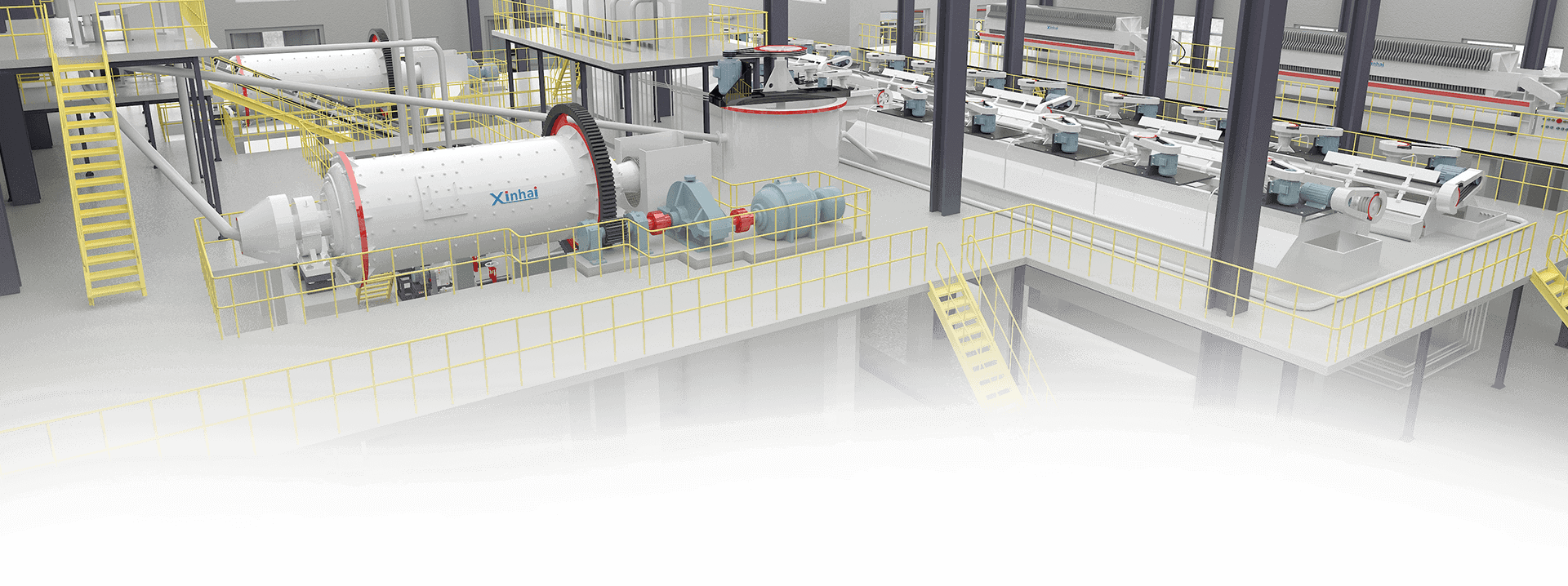
 Message
Message Chat Now
Chat Now


